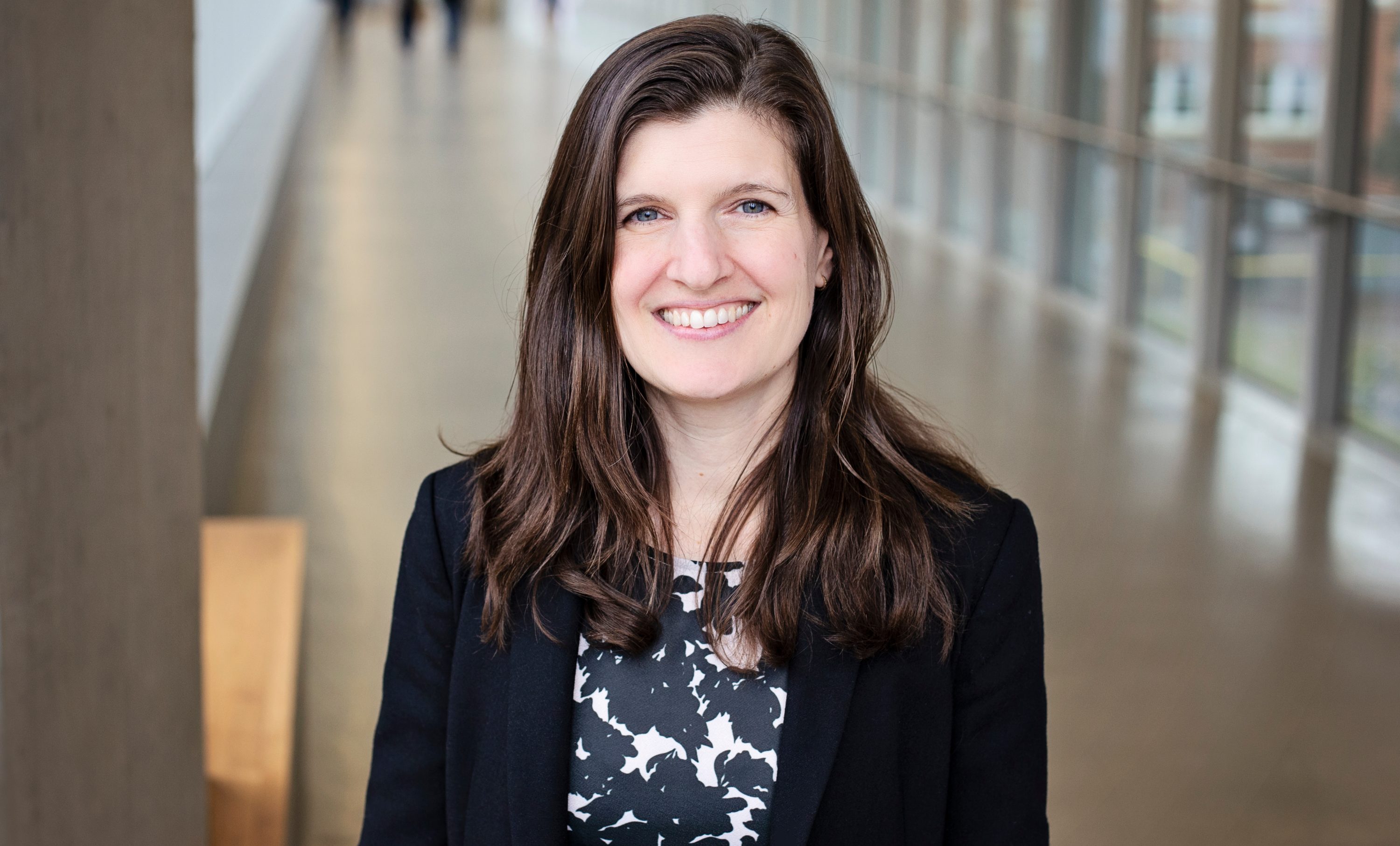A pilot study conducted by the Centre for Healthy Communities, in partnership with the City of Edmonton and its Accessibility Advisory Committee, revealed significant barriers to physical accessibility along the popular Whyte Avenue commercial corridor between 99 and 109 Street.
“Of the primary commercial entrances we surveyed along 10 blocks of Whyte Avenue, only four per cent met the accessibility criteria,” said Nicole Glenn, senior research associate with the centre.
The researchers assessed four accessibility criteria that are current to the Alberta Building Code: door width, threshold height, opening mechanism (door hardware) and force required to open the door. Although nearly all the entranceways had door hardware classified as accessible (98 per cent), fewer met the standards for threshold height (31 per cent), width (29 per cent) and force required to open (18 per cent).
Glenn said they were not surprised by what they found: “Whyte Avenue is a historic area and has a mix of older buildings that were constructed and renovated to comply with previous building codes—some of which date back decades—that did not include considerations for diverse physical access to the spaces.”

According to the United Nations Convention on the Rights of Persons with Disabilities, and among other responsibilities, governments must ensure people who experience disability have equal access to the physical environment. The Canadian government ratified this convention, and in 2018 established the Accessible Canada Act. Edmonton has recently created its own accessibility policy targeting inclusion of people who experience disability.
These policies help to set an inclusive standard, but they may or may not be applied and their impact on the daily lives of people who experience disability is not yet fully known. However, Glenn cautioned that not following them may serve to dis-able people.
“We cannot speak on behalf of people who experience challenges to mobility or ability. However, we can provide some examples of the possible impact: a narrow door lacks clearance for many mobility devices, a high door threshold can present a tripping hazard, a door handle that requires a tight grip or clasping can be difficult to turn and open, and the force required to open a door can similarly present a challenge for people who experience limitations related to balance, strength, vision or mobility.”
Glenn said these limitations can exclude people who experience disability from safely and freely entering, accessing and using these spaces. Inaccessible spaces can create a barrier to daily living activities and for people to fully and meaningfully engage in their communities. They also promote inequities because some people can access spaces that others cannot.
Nearly one-quarter of Canadians over 15 years of age experience disability. What’s more, the way all of us experience our physical environment will change as our bodies and circumstances shift over the course of our lives. This may involve pushing a stroller, using a mobility device or having a loss in hearing, vision, cognition and strength, among other factors. An accessible environment may benefit each of us at some point in our lifetime.
While the goal of the study was not to assess current building codes, Glenn offered some recommendations. She suggested including people with varied lived experiences of disability in creating future building codes to ensure they meet the diverse needs of communities and promote inclusion. She also suggested building occupants take advantage of resources and tools to take their spaces beyond merely meeting building codes. These include the Government of Alberta’s Barrier Free Design Guide and the City of Edmonton’s Access Design Guide. She added that following universal design guidelines can also promote inclusion.
“People who experience disability have a fundamental human right to be fully included in society and not dis-abled, or left out, by their social, political and physical environments,” Glenn said. “As a general public we should care about human rights and call on our governments to uphold them by making spaces universally accessible."
The Centre for Healthy Communities team is continuing to collaborate with the City of Edmonton and the Accessibility Advisory Committee, and other partners to build a larger research project that will explore the impact of accessibility policy from municipal planning and lived-experienced perspectives.
Funding for the pilot project came from the Canadian Institutes of Health Research in partnership with the Public Health Agency of Canada and Alberta Innovates through Candace Nykiforuk’s Applied Public Health Chair award (2014–2019).